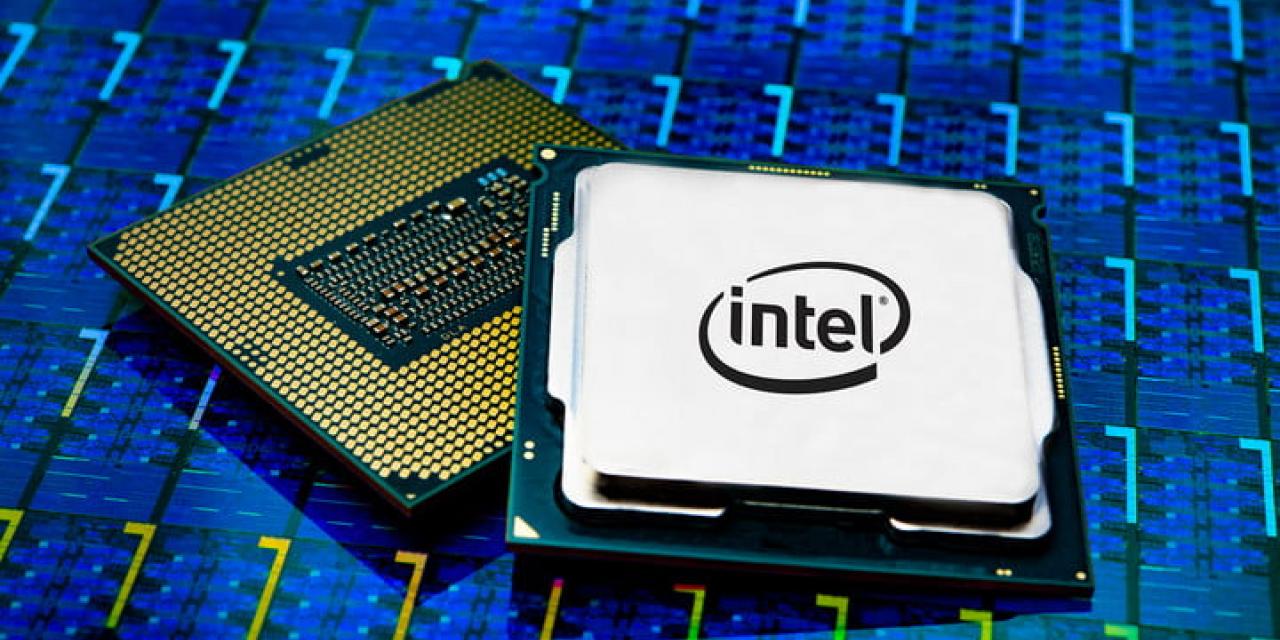
Intel is finally set to respond to AMD's incredibly impressive Ryzen 3000 series with a new generation of CPUs based on its new Cascade Lake design. It's still on 14nm though, and that means inefficiency, especially at the top end. Even with enhancements and improvements, the small performance lead the flagship 10900K has over the 3900X comes at the cost of massive power and heat demands.
The 10900K is a 10-core CPU that can turbo to 5.1 and 5.2GHz on single cores, and 4.9GHz across all cores, which is an awesome achievement and will make the 10900K the best gaming CPU in the world when it debuts in a few months time. But the out of the box TDP is 125w (30w more than the 12-core AMD 3900X) and WCCFTech reports that when it's at full tilt, this Intel CPU consumes as much as 300w of power. That's more than some Threadripper CPUs with 32 cores.
For some added context, the most power hungry CPU Intel has ever released to potential buyers is the Intel Xeon W-3175X, with 28 cores and 56 threads. its 255w TDP bumps up to 381w when at full load. The 32 core Threadripper 3970X demands 286w when running at its maximum performance. The 9900K, the fastest CPU of Intel's ninth generation had a TDP of 95w and demanded 168w when at full load.
For an extra couple of hundred megahertz and two more cores, Intel's 10900K has almost doubled the power and thermal demands of the last-generation. That's abysmal scaling and makes it difficult to imagine any high-end systems without serious cooling including this new gen chip.
